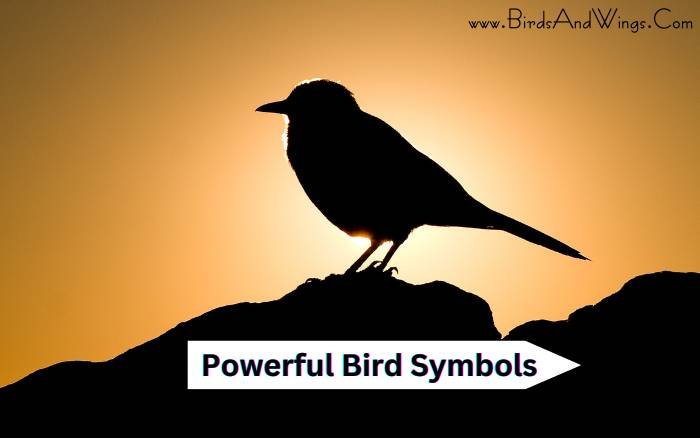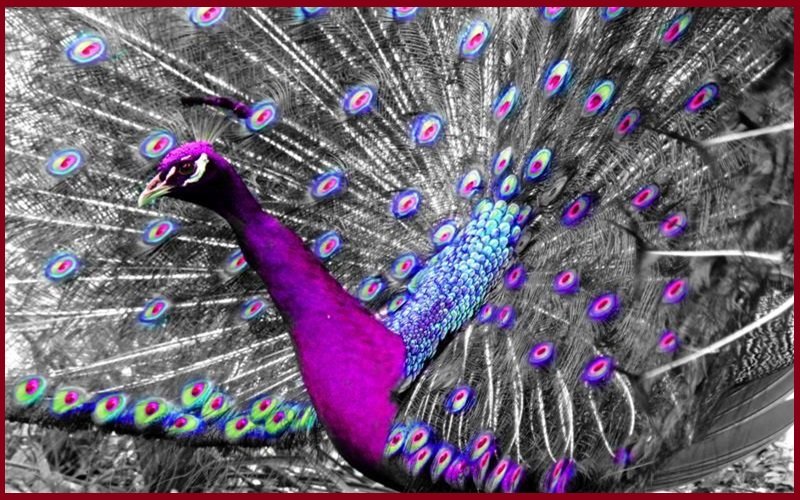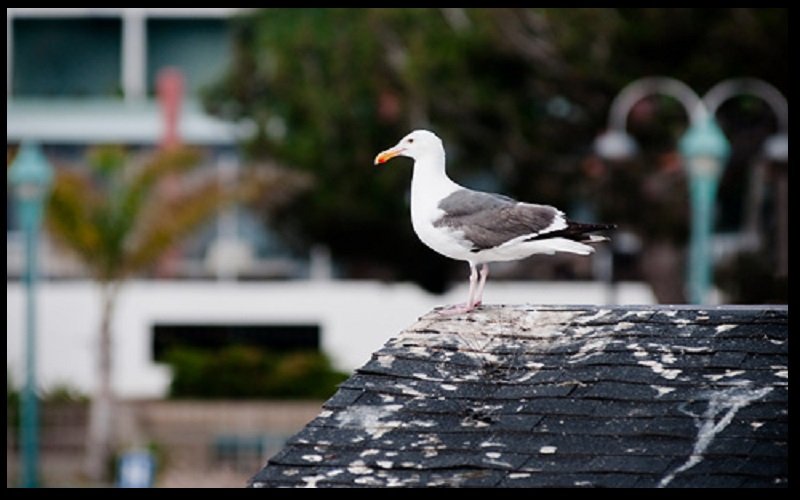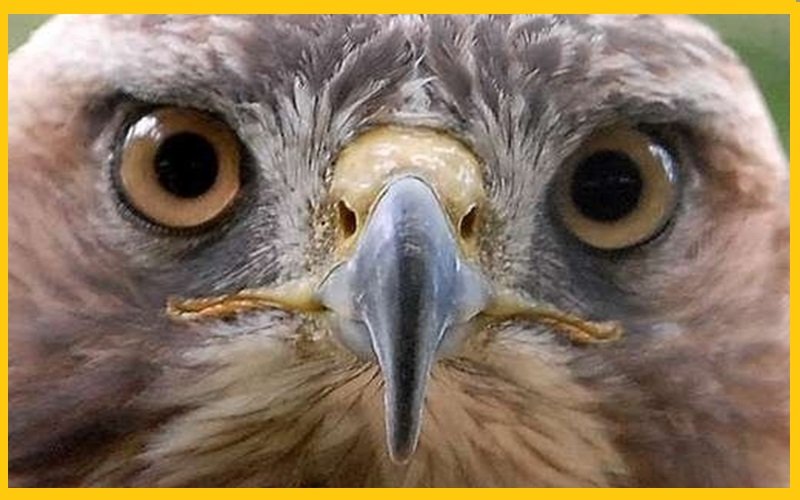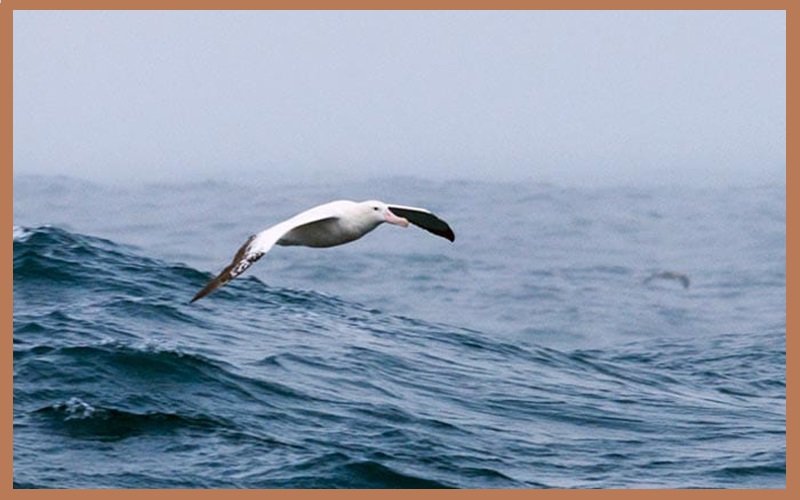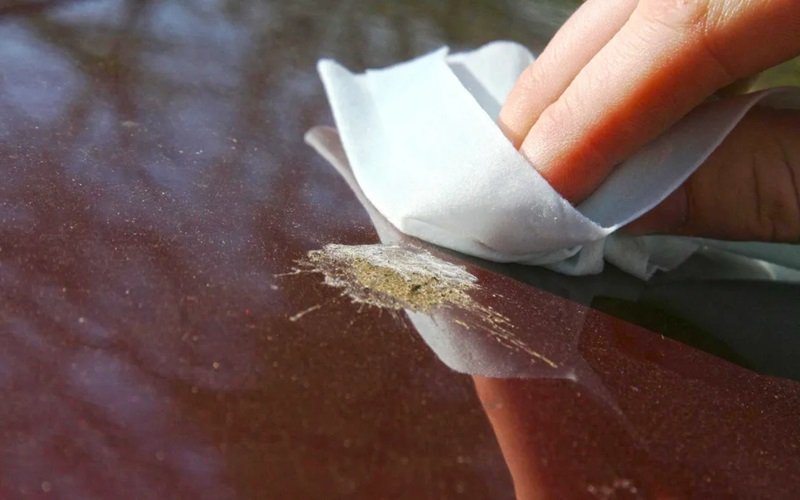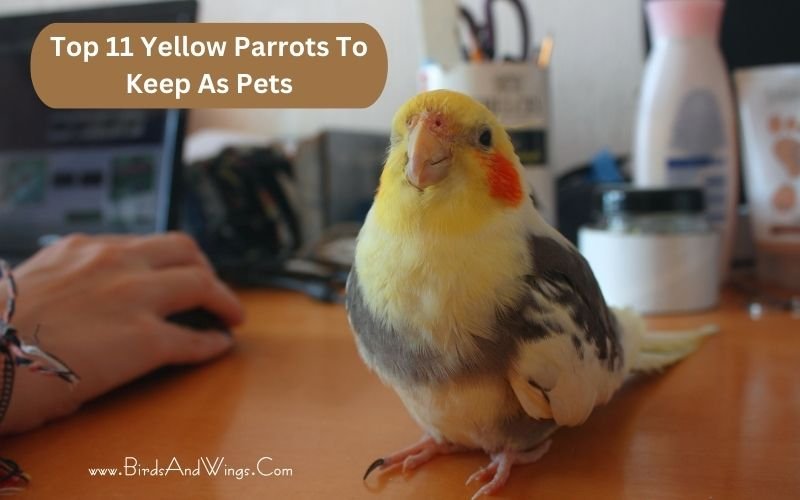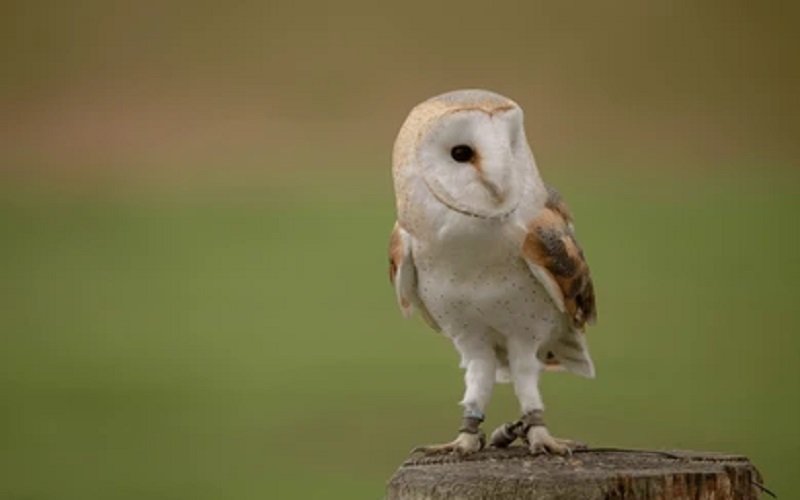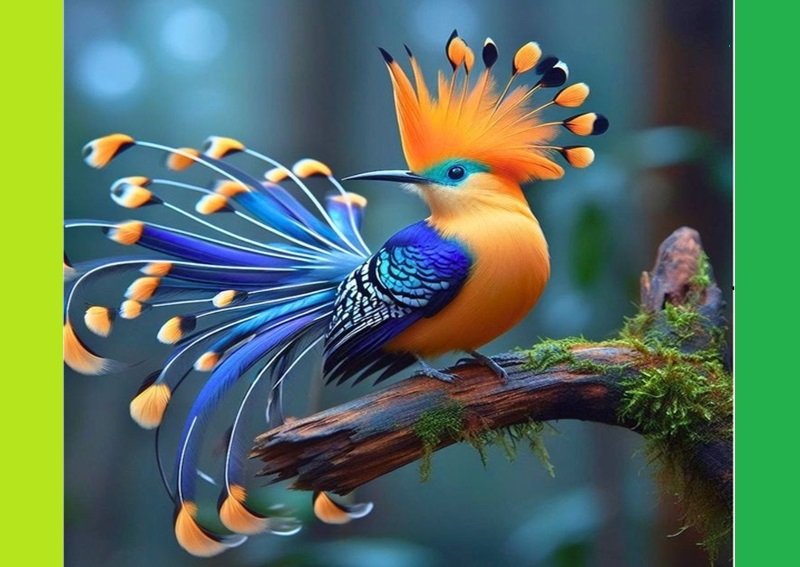Key Takeaway:
- Attracting American Goldfinches to your backyard can be accomplished by providing bird feeders filled with their favourite seeds, such as nyjer and sunflower.
- It is essential to understand the diet of American Goldfinches, as they primarily feed on seeds and prefer thistle or nyjer seeds. A diverse selection of seed types and a clean feeding area will attract more goldfinches.
- To encourage goldfinches to stay in your backyard, it is beneficial to have a variety of plants that produce seeds they can consume. Plants like sunflowers, coneflowers, and daisies are attractive to goldfinches and will help create an abundant food source.
The Appeal of American Goldfinches
American Goldfinches have a unique appeal that attracts bird enthusiasts to their backyards. Their vibrant yellow plumage, cheerful song, and acrobatic flight make them a delightful sight for any bird-watcher. You can create an inviting environment for these beautiful creatures by providing suitable habitats and food sources.
Attracting Goldfinches with Bird Feeders

Bird feeders play a crucial role in attracting goldfinches to your backyard. Here are five key points to consider:
1. Seed Selection:
Provide nyjer (thistle) seeds in your bird feeders, as goldfinches are particularly drawn to this type of seed.
2. Feeder Placement:
Position your bird feeder in a suitable location that offers protection and visibility for the goldfinches. Placing it near trees or shrubs can provide security while allowing them to spot the feeder easily.
3. Feeder Design:
Opt for bird feeders specifically designed for goldfinches, such as tube feeders with small perches. These feeders enable goldfinches to access the seeds comfortably and prevent larger birds from dominating the feeding area.
4. Regular Cleaning:
Maintain cleanliness by regularly cleaning the bird feeders. This helps prevent the spread of diseases and ensures a healthy feeding environment for goldfinches.
5. Water Source:
Offering a nearby water source like a birdbath or shallow basin can further attract goldfinches, as they require fresh water for drinking and bathing.
Additionally, providing a diverse range of natural habitats and native plants can enhance the overall attractiveness of your backyard to goldfinches. By following these suggestions, you can create an inviting environment that meets the needs of goldfinches, ultimately increasing their presence in your yard.
The Diet of Goldfinches
Goldfinches have a specialized diet consisting mainly of seeds, particularly those from various types of plants such as thistles, dandelions, sunflowers, and coneflowers.
They also consume insects as a source of protein. Here is a table providing a breakdown of their diet:
| Food Type | Examples |
| Seeds | Thistles, dandelions, sunflowers, coneflowers |
| Insects | Beetles, aphids, caterpillars, spiders |
In addition to these food sources, goldfinches also require water for drinking and bathing. This information highlights the specific preferences and dietary needs of goldfinches.
When considering attracting these beautiful birds to your backyard, it is essential to provide a variety of seed-bearing plants and maintain a clean water source to support their diet and overall well-being.
Sharing a True History about the heading, goldfinches have been observed to adapt their diet based on food availability and seasonal changes, showcasing their incredible survival instincts in the face of varying conditions.
The Migratory Habits of American Goldfinches

Goldfinches, renowned for their vibrant plumage and delightful song, exhibit intriguing migratory habits that captivate bird enthusiasts. These small passerines embark on seasonal journeys, covering vast distances in search of suitable habitats and abundant food sources.
Their migratory patterns are driven primarily by changes in weather and food availability, prompting them to navigate across various regions. These journeys exemplify their adaptability and survival instincts, showcasing their ability to thrive in different environments.
By understanding the migratory habits of goldfinches, bird lovers can attract these captivating creatures to their backyards and witness their awe-inspiring journey firsthand.
To gain a deeper understanding of the migratory habits of goldfinches, it is crucial to recognize their distinct characteristics. These avian travellers are known to breed mainly in North America, with some populations residing year-round in certain regions.
During spring and summer, they typically occupy temperate and subarctic forests, building intricate nests and raising their offspring.
However, as winter approaches, these resilient birds embark on a remarkable southward journey in search of milder climates and abundant food sources.
The migratory journey of goldfinches is not a direct flight to their wintering grounds. Instead, they navigate through distinct stages, utilizing stopover sites to rest and refuel. These sites, often characterized by abundant vegetation and water sources, are vital to their migratory success.
As the seasons change, goldfinches migrate to their wintering grounds, encompassing a range of habitats, including open woodlands, farmlands, and backyard bird feeders.
One fascinating fact about goldfinches’ migratory habits, as reported by ‘How to Attract More American Goldfinches to Your Backyard’, is their incredible navigational ability.
Despite their small size, they can navigate accurately using celestial cues, magnetic fields, and landmarks. This remarkable skill enables them to locate their favoured wintering grounds precisely.
Choosing the Right Plants to Attract Goldfinches
To lure goldfinches to your backyard, selecting the correct flora that will entice these delightful birds is crucial. Here are five points to consider when choosing the right plants to attract goldfinches:
1. Native Plant Species:
Opt for native plants in your region, as goldfinches are more likely to be attracted to indigenous flora due to their familiarity and the insects they attract.
2. Seedheads:
Select plants with seedheads that goldfinches love to feed on, such as coneflowers, sunflowers, and daisies. These plants offer a bountiful supply of nourishment for goldfinches.
3. Perennials:
Include perennials in your garden, as they provide a stable food source for goldfinches throughout the year. Purple coneflower, black-eyed Susan, and bee balm are excellent choices.
4. Diversity:
Create a diverse garden with various plants to cater to different tastes and preferences. This diversity appeals to goldfinches, who enjoy exploring multiple seed sources.
5. Natural Shelter:
Incorporate shrubs and trees in your garden to provide genuine cover and nesting spaces for goldfinches. They appreciate having a secure hideaway close to their food source.
In addition to these critical points, it is worth considering that goldfinches are attracted to vibrant colours, so opt for plants with bright blooms to catch their attention.
By implementing these suggestions, you can create an inviting habitat for goldfinches in your backyard, promoting their presence and enjoyment. Choose wisely; the golden beauties will grace your garden with their charming presence.
Plants Goldfinches Use for Nest Building
What are the plants that attract Goldfinches for nest building? Okay, Now let’s discuss this.
Goldfinches are known for their intricate nest-building process. To create a welcoming environment for goldfinches in your backyard, knowing the plants they prefer for constructing their nests is helpful. Here are three essential plants goldfinches use for nest building:
1. Milkweed:
With its solid and fibrous stems, milkweed is an excellent choice for goldfinches to use as a building material for their nests. Its fluffy seed pods also provide insulation for the nest.
2. Thistle:
Goldfinches are particularly fond of the soft downy fibres found in thistle plants. These fibres are perfect for lining their nests, creating a cosy and comfortable space for their offspring.
3. Cottonwood:
The fluff from cottonwood trees is another favoured material for goldfinch nests. The cotton fibres are lightweight yet durable, making them ideal for constructing a sturdy and secure nest.
Goldfinches are also attracted to plants that produce tiny seeds, such as coneflowers and sunflowers, as a food source. Incorporating these plants into your garden provides nourishment for goldfinches and increases the chances of them choosing your backyard as their nesting site.
Remember to provide a water source, such as a birdbath or small pond, as goldfinches rely on water for survival. You can create an inviting habitat that encourages goldfinches to nest in your backyard with the right combination of suitable plants, food, and water.
Pro Tip: To further attract goldfinches, consider offering specific nesting materials, such as pet fur or natural cotton, which they can incorporate into their nests.
Adding Shrubs to Encourage Goldfinch Nesting
Consider incorporating shrubs that provide optimal nesting conditions to attract more American Goldfinches to your backyard. Creating a suitable environment for these beautiful birds is crucial in enticing them to frequent your yard.
1. Choose Native Shrubs:
Opt for native shrubs that provide food and shelter for Goldfinches. Plants like coneflower, sunflower, and black-eyed Susan attract insects, a vital food source for Goldfinches and a safe haven for nesting.
2. Create Dense Vegetation:
Goldfinches prefer nesting in dense shrubs that protect them from predators and harsh weather conditions. By planting shrubs close together, you can create a secluded and secure nesting spot for these birds.
3. Provide Nesting Material:
Goldfinches construct their nests using grass, leaves and stems. By having a diverse range of plant species in your yard, you offer a variety of nesting materials for Goldfinches to choose from.
Furthermore, proper pruning techniques are essential to maintain the health and vigour of the shrubs, ensuring they remain attractive to Goldfinches.
To fully optimize the potential for Goldfinch nesting in your yard, it is worth noting that providing a water source and minimizing the use of chemical pesticides are additional important considerations. By taking these steps, you can enhance the overall appeal of your backyard to Goldfinches.
Take advantage of the joy of observing these vibrant birds in your backyard. Start transforming your outdoor space into a Goldfinch-friendly haven today by adding shrubs that encourage nesting. Witness the beauty and wonder of nature up close and create a welcoming environment for these charming creatures.
Finally
- American Goldfinches can be enticed to visit and stay in your backyard with a few simple strategies. Here are four key points to consider when creating an inviting environment for these beautiful birds:
- Select Native Plants: American Goldfinches are attracted to natural food sources, so planting native wildflowers, shrubs, and trees that produce seeds and berries will appeal to their dietary preferences.
- Provide Water: Including a bird bath or small fountain will provide drinking water and create a refreshing oasis for the goldfinches to bathe and cool off during hot summer days.
- Offer Nyjer Seeds: American Goldfinches are fond of Nyjer seeds, so providing feeders filled with this nutritious food can significantly increase their presence in your backyard.
- Create Shelter: Dense shrubs and trees can provide safe hiding spots and shelter for American Goldfinches. Clumps of evergreen trees or bushes can protect them from harsh weather conditions, making your backyard an ideal resting place.
Additionally, ensuring a peaceful and quiet environment by reducing noise and disturbance can further attract and retain these delightful birds in your backyard. By implementing these strategies, you can create an enticing haven for American Goldfinches to enrich your birdwatching experience.
Historically, American Goldfinches have sought environments that offer abundant food sources, water, and suitable shelter. As humanity increasingly recognizes and appreciates the importance of attracting birds to their backyards, efforts to create inviting spaces for American Goldfinches have become more widespread.
Some Facts About How to Attract More American Goldfinches to Your Backyard:
· ✅ Goldfinches are big fans of bird feeders and particularly enjoy thistle and sunflower seeds. Keep feeders stocked with fresh seeds and replace uneaten food every three to four weeks. (Source: Team Research)
· ✅ Goldfinches have a diet that consists mainly of seeds, but they will also eat bark, fresh tree buds, and maple sap. Planting trees like western red cedar, elm, birch, and alder can attract more goldfinches to your yard. (Source: Team Research)
· ✅ Seed-producing plants like asters, coneflowers, sunflowers, thistles, and yellow flowers can attract goldfinches to your yard. They also gravitate towards grasses and weedy plants. (Source: Team Research)
· ✅ Goldfinches use down from mature plants, such as thistle, milkweed, cattails, and dandelion, to line their nests. They are adaptable and will use whatever materials are available. (Source: Team Research)
· ✅ Goldfinches prefer to nest in shrubby areas. Shrubs like dogwood, elderberry, buttonbush, hawthorn and trees like Monterey pine, willow, and fruit trees provide suitable nesting spots. (Source: Team Research)
FAQs about How To Attract More American Goldfinches To Your Backyard
How to attract goldfinches to your backyard?
Goldfinches are attracted to yards with native flowers and shrubs. They prefer open, weedy fields with shrubby edges—plant seed-producing plants like asters, coneflowers, and sunflowers. Adding thistle feeders can also help attract goldfinches.
What seeds do goldfinches eat?
Goldfinches eat various small seeds, but their favourites are thistle (Nyjer) and sunflower seeds. Keeping these seeds available in your feeders will help attract goldfinches to your backyard.
How often should I replace uneaten food in my bird feeders to attract goldfinches?
Replacing uneaten food in your bird feeders every three to four weeks is recommended. This will ensure that the seeds are fresh and appealing to goldfinches.
What plants can I add to attract goldfinches to nest in my yard?
Goldfinches line their nests using materials like thistledown, milkweed, cattails, dandelion, willow catkins, and cottonwood fluff. Planting native shrubs and trees such as dogwood, elderberry, buttonbush, hawthorn, and evergreens can attract goldfinches to nest in your yard.
Are yellow flowers attractive to goldfinches?
While it is not scientifically proven, some bird watchers believe that yellow flowers attract goldfinches. Adding yellow flowers like goldenrod, yellow zinnias, or blanket flowers can attract goldfinches to your backyard.
How can I create a bird-friendly habitat to attract goldfinches?
You can create a bird-friendly habitat for goldfinches by planting seed-producing plants, providing a variety of feeders with thistle and sunflower seeds, and offering natural nesting sites such as shrubs and trees. Adding water sources and avoiding the use of pesticides can also attract goldfinches to your backyard.


